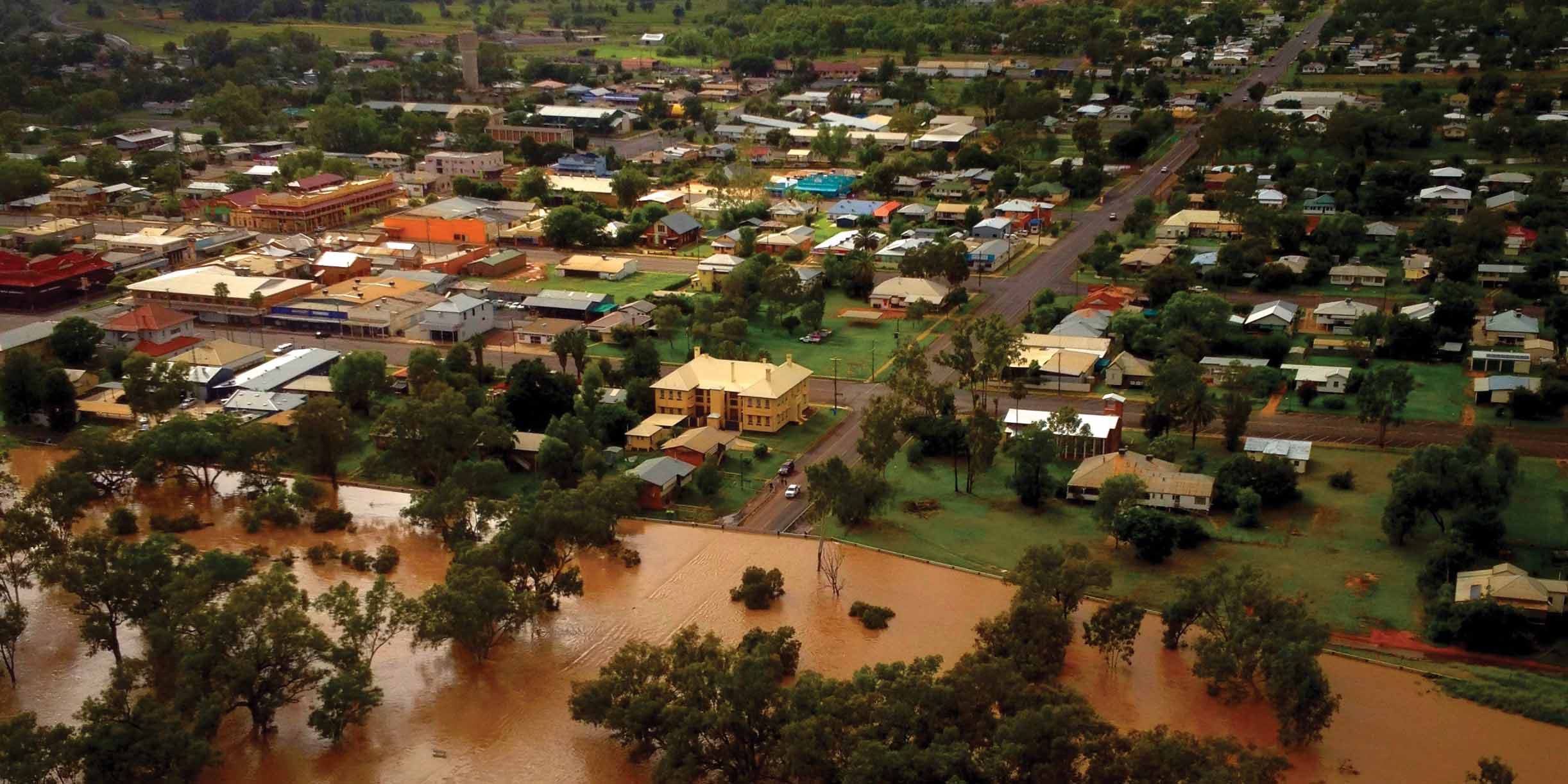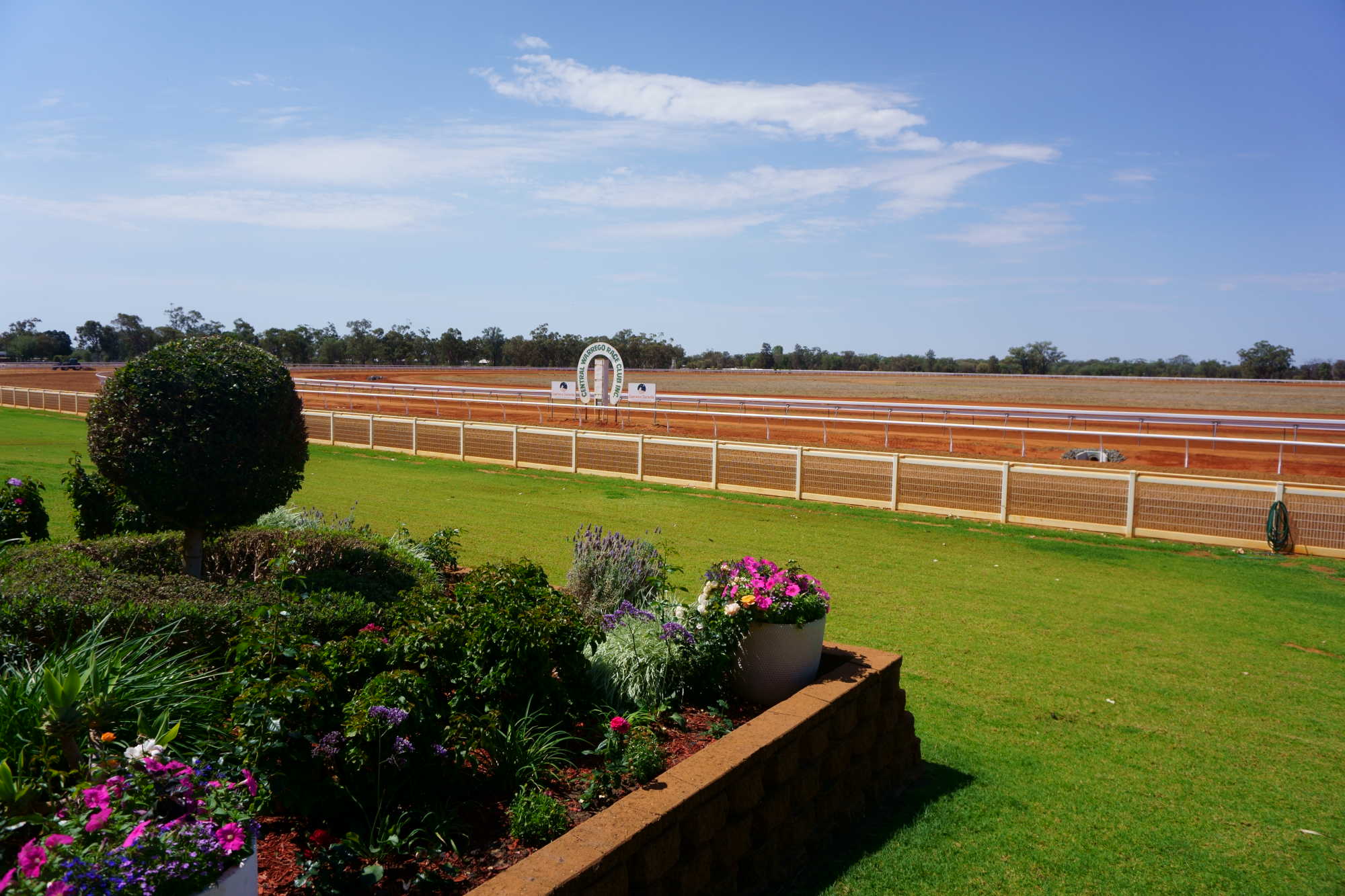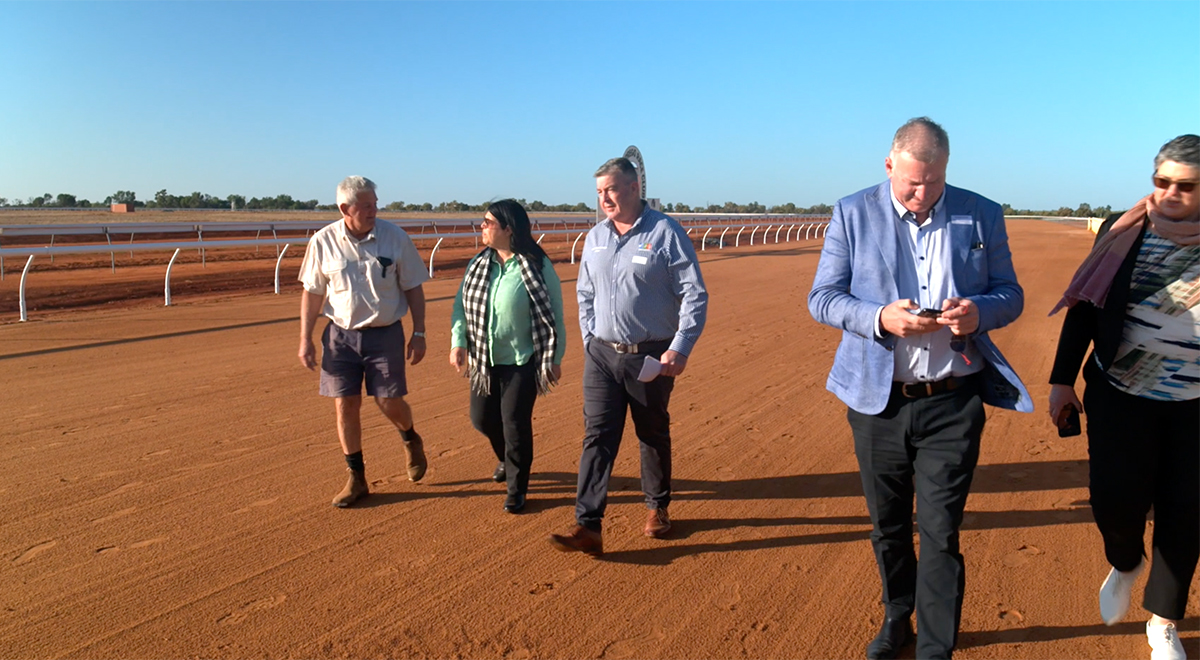Queensland homeowners are being slapped with $10,000-a-year flood insurance hikes despite living in towns ringed by flood levee banks that have protected them against floodwater for decades.
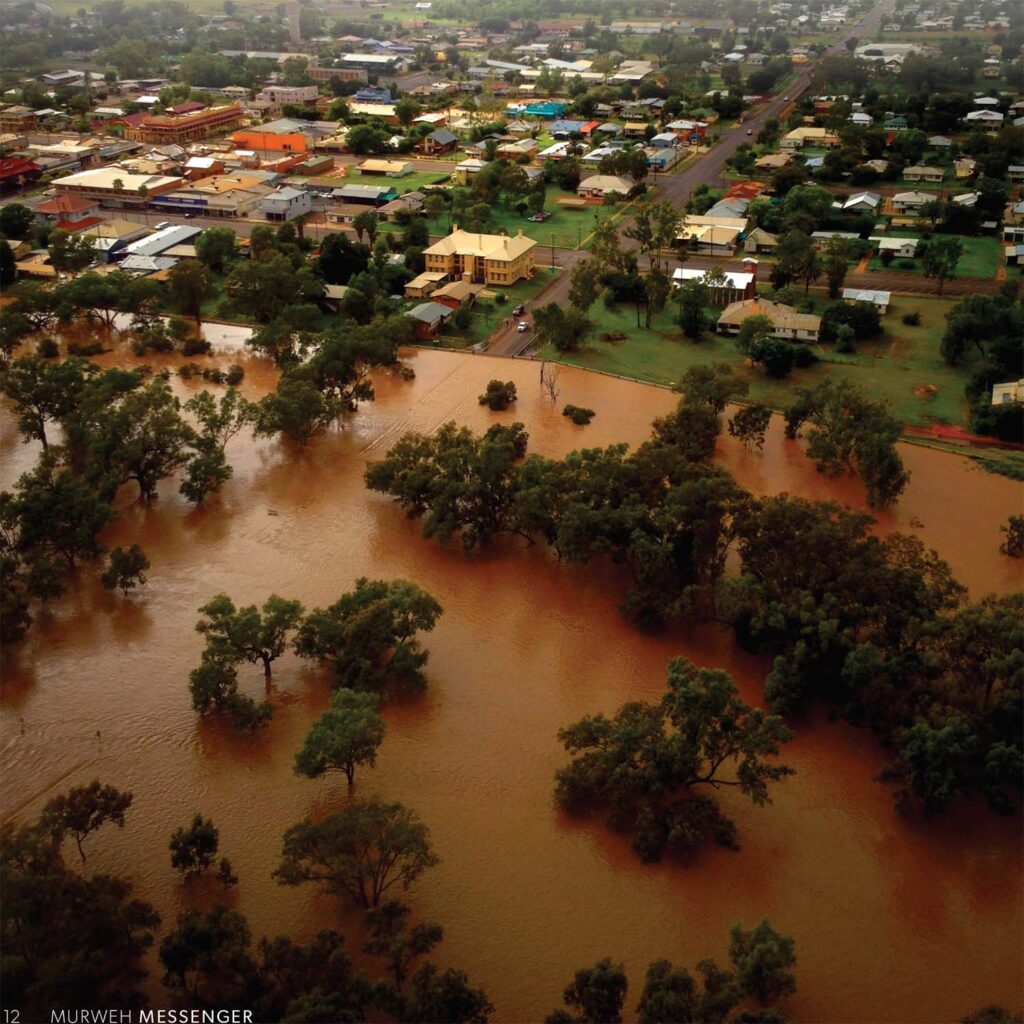
Queensland councils are demanding answers from the insurance industry after receiving complaints from residents that flood insurance premiums have soared—in at least one case, from $3500 to $13,500 a year. Murweh Shire Mayor Shaun ‘Zoro’ Radnedge said he feared residents would have no choice but to drop their insurance, meaning they were at risk of losing everything if their homes caught fire or were otherwise damaged or destroyed.
Balonne Mayor Samantha O’Toole said residents in her shire had been hit with 100-percent price rises yearly. Soaring insurance bills risked a damaging knock-on effect on housing availability and affordability.
Mayor Radnedge said he had called insurance companies to ask how they calculated the soaring premiums, but he was told they did not realise Charleville had flood-proofing levee banks. “We are asking the question of the insurance companies in Australia why our insurance premiums, especially in the Murweh Shire, have sometimes risen up to 500 per cent,” Mayor Radnedge said.
“We are asking why because we have mitigation in place. We have a levee bank in Augathella and Charleville, but we have seen these huge rises. Council and government have put a lot of money into maintaining that mitigation, and we’re asking where the mapping comes from that insurance companies are using to make the assessments on these insurance policies.
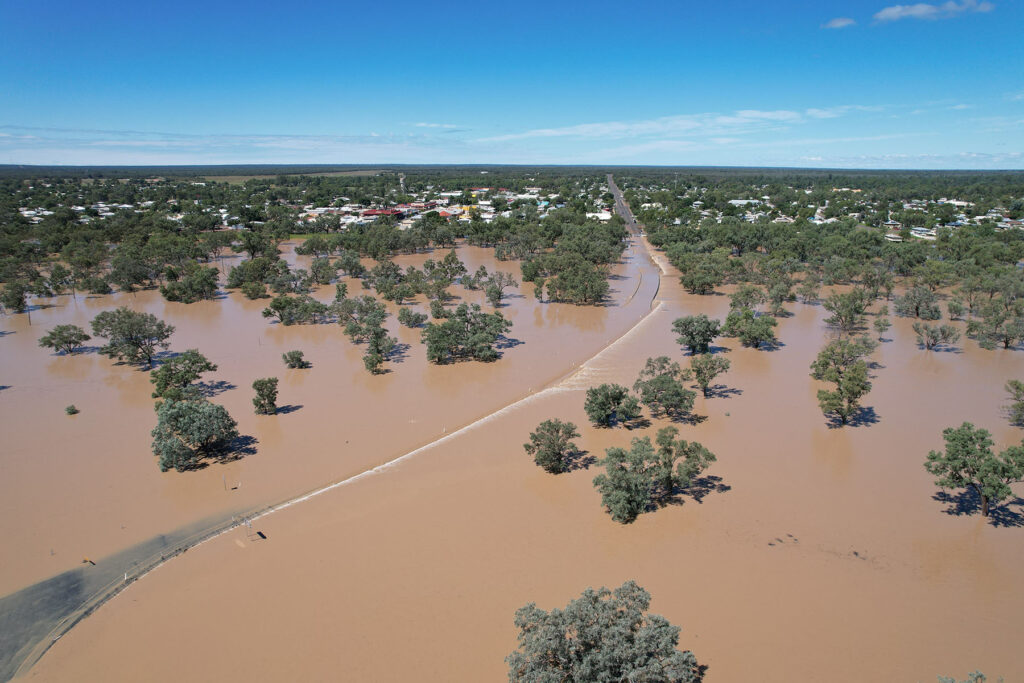
Flood Insurance Goes Crazy
“We’ve had rises from $3500 to $13,500. We advocated on behalf of that resident and the insurance company came back and said they were unaware that we have a levee bank in Charleville.
“So my question, and South West Queensland Regional Organisation of Councils’ question, is where these insurance companies are getting their information from as far as flood mapping goes.
“There’s a huge deficiency all across Australia, and we need insurance companies to be more accountable. It’s really scary that people are choosing not to have insurance.
The insurance company came back and said they were unaware that we have a levee bank in Charleville.
Mayor of Murweh, Shaun “Zoro” Radnedge
“They can’t afford it. We are talking sometimes up to $270 a week just to have that insurance. Just imagine, if you are a landlord and your insurance is $270 a week, and you are charging $350 a week in rent, you are not making anything out of that investment.
”Where do we go from here? All our communities here in southwest Queensland have levee banks, and we need the government to step in and help us out. Where is that flood mapping derived from, and where do the insurance companies take that information?”
Mayor O’Toole said levees protected towns in her shire but insurers were still raising premiums even though none had been flooded.“Councils and government are spending a lot of money maintaining these levees, but the insurance premiums don’t recognise that,” Mayor O’Toole said. “We have a housing shortage, and these premiums could worsen – to get a mortgage, you need insurance cover.
LGAQ calls on the State and Federal governments to step in
Councils at last year’s Local Government Association of Queensland (LGAQ) annual conference backed calls for affordable flood cover for Queenslanders.
There has been a dramatic rise in the cost of flood insurance premiums
faced by Queensland homeowners in the wake of recent natural disasters,” LGAQ chief executive officer Alison Smith said. This surge in premiums has resulted in financial hardship for homeowners, as some have been offered unaffordable premiums, whilst others have been denied insurance coverage.
Councils have invested significantly in flood mitigation projects since
2012, yet the flood insurance costs hinders the effectiveness of these mitigation efforts and poses financial challenges for homeowners and councils alike.The LGAQ calls on the State and Federal governments to urgently implement measures
to alleviate the financial burdens imposed by unaffordable flood insurance premiums.”
